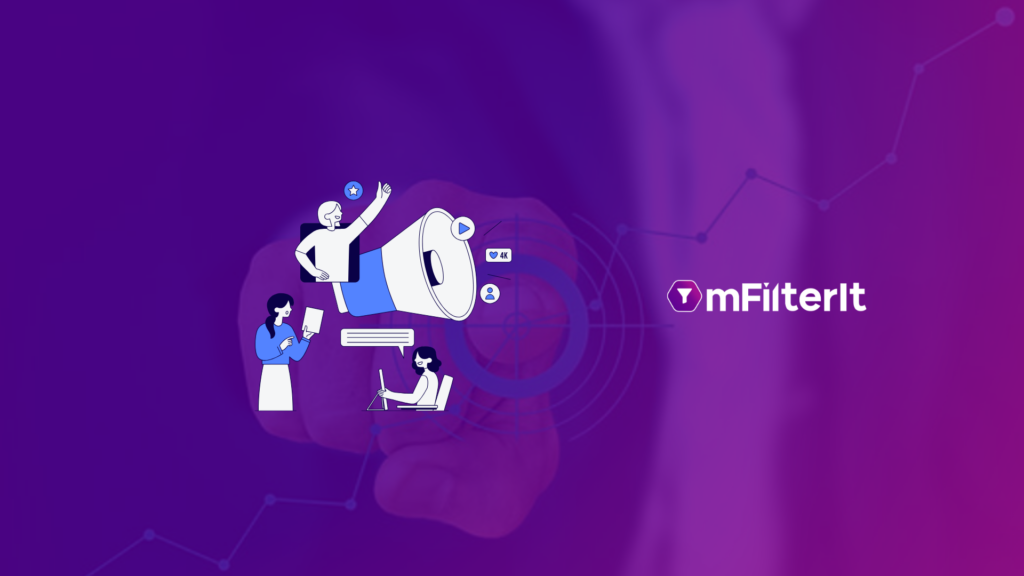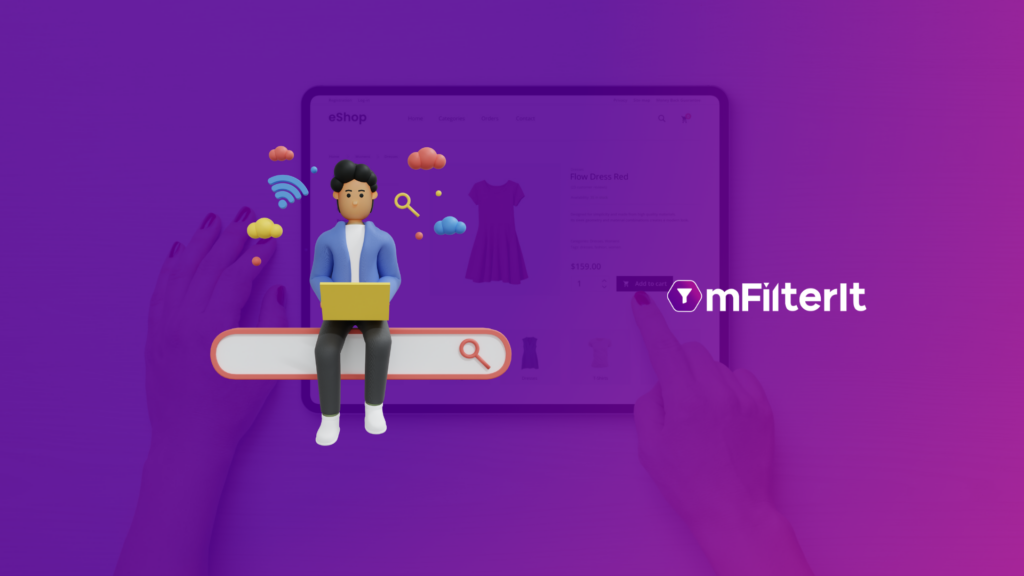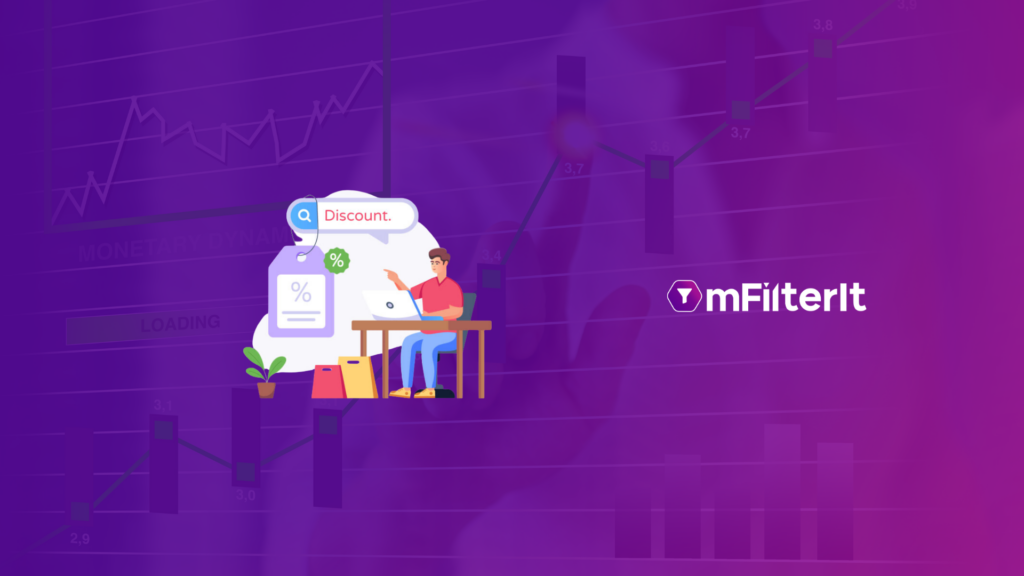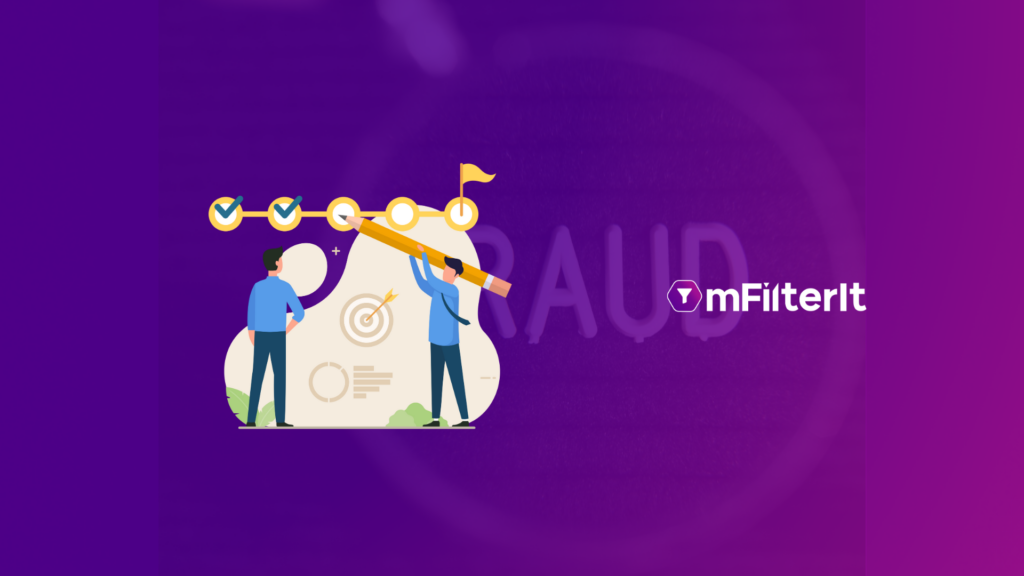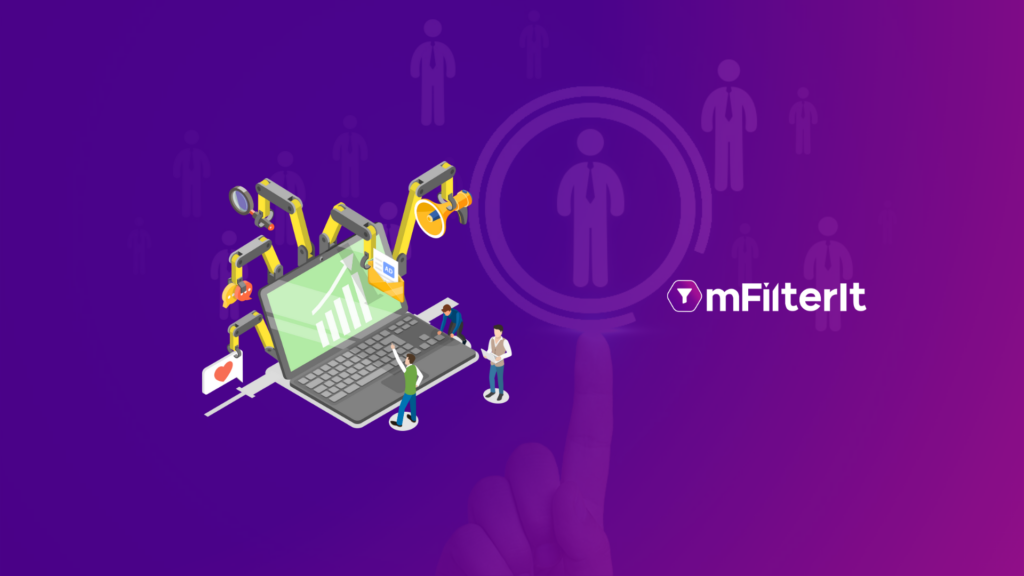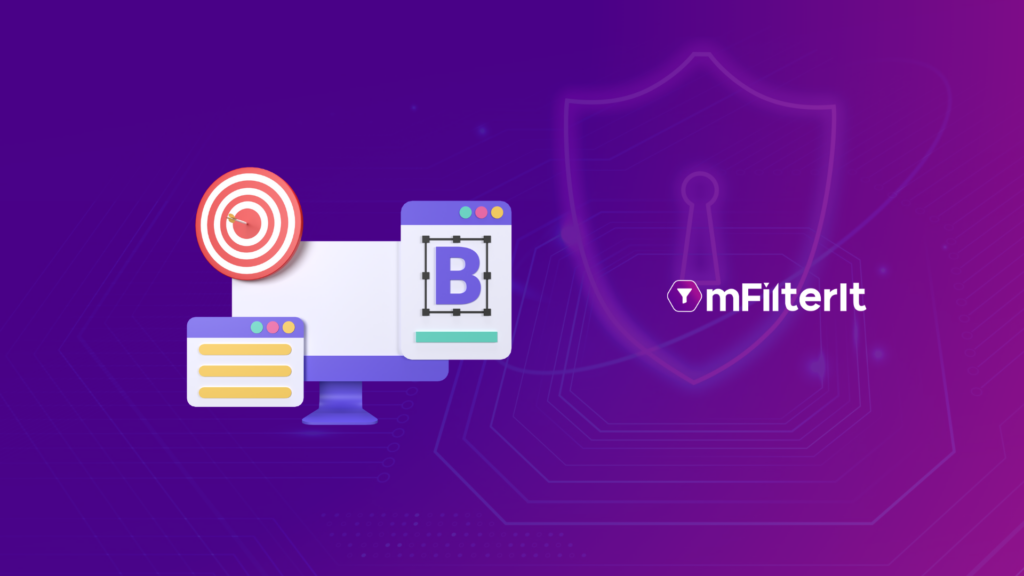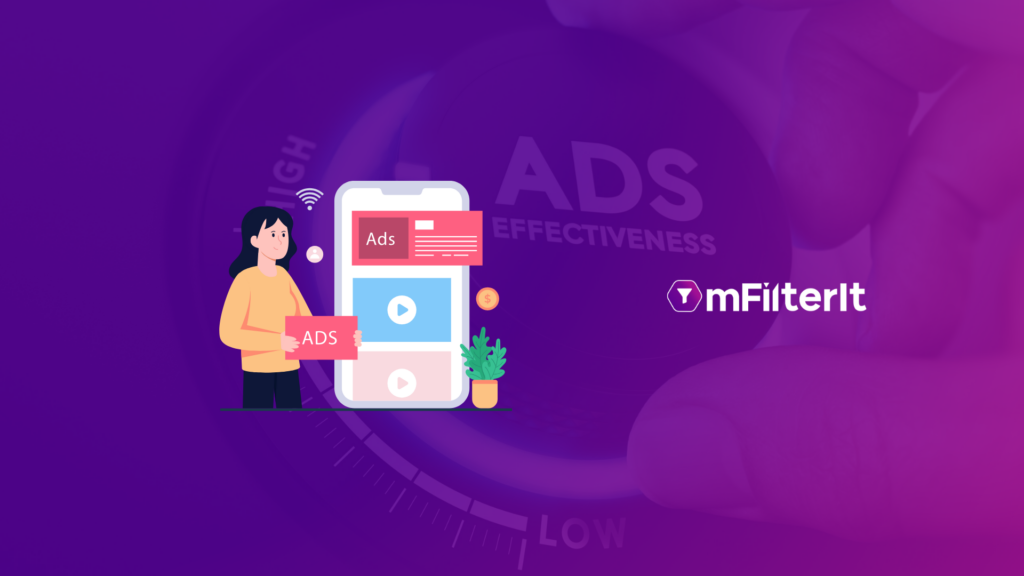The Rise of Fraud in Retargeting Campaigns
Brands enhance awareness, conversions, and ROIs through retargeting campaigns. Our research suggests that engagement rates go up by 2X through retargeting ads. Pixel, dynamic, and list-based retargeting are three of the most common methods used by brands to reach their potential buyers (through retargeting campaigns). Companies invest a large portion of their advertising budgets in such ads. Our research suggests that most brands invest 30-40% of their ad budget on approaching prospects through retargeting campaigns. The retargeting campaigns have been an attractive proposition for fraudsters to commit ad fraud. Retargeting fraud happens through bots, click injection, autoloading, install fraud, automatic redirects, inappropriate ads, and crypto miners. Furthermore, optimizing reach through programmatic retargeting ads increases fraud percentages because of the increase in programmatic ad frauds. The Most Commonly Used Methods in Retargeting Fraud ● Fake Impressions and Cookie Bombing Remarketing campaigns often involve view-through conversions. Fraudsters bombard them with fake cookies and impressions. Our research suggests that almost 40-50% of the time, the display ads are not visible to the users. Cybercriminals engage in pixel stacking or hidden iframes to record views on the remarketing cookie. The fraudster takes attribution for purchases on a legitimate website and receives payment for the same. Advertisers often spend more on websites delivering higher conversions on their ads. Fraudsters engage in cookie bombing to maximize conversions by delivering cookies to unique users. In reality, the fraudulent ad impressions are not visible to the users on these websites. These are generated by ads commonly stacked above each other or resized to 1×1 pixels. Fraudsters target unique users for poaching conversion attributions through the cookies—the view-through conversions of fraudulent advertisers skyrocket. Most ad platforms state that view-through conversions are nearly 9-10x higher than click-through conversions. ● Auto-generated Fake Clicks Users who visit a website add products/services to the cart and leave without purchasing are often considered prospects. Brands add their data to the remarketing list using cookies, pixels, lists, etc., and retarget through ads. Now, the user visits another website wherein a fraudster serves invisible ads and clicks automatically to the original publisher’s website. So, the click displays customer visits to the website. Now, the remarketing cookie of the customer displays that the customer viewed an ad, clicked on it, and visited the website. The credit goes to the ad whenever the customer purchases on the website. This practice is referred to as attribution hijacking. Under such an instance, advertisers think that their remarketing platform is performing better than expected and tend to increase their budget. However, in reality, a fraudulent click gets the attribution and even receives the payment for it. ● Hijacking with Remarketing Pixels Prospects visiting another website and not making any clicks may still record a view on the remarketing cookie. Whenever the customer revisits your website, the pixel script detects an ad view and loads an invisible iFrame. The iFrame generates an automatic click and visits after loading the original ad. The remarketing cookie of the legit customer now has a view, click, and visit from the ad. Moreover, the analytics support that the customer came through ad clicks instead of an organic source. The credit for the conversion goes to the ad whenever the customer makes a purchase. Furthermore, the remarketing platform of the analytics would display jacked-up visitors and conversions. However, the reality is that a fraudster hijacked the remarketing pixels and displayed the organic visitors as customers. Takeaway Retargeting campaigns help brands boost awareness, incur higher ROIs, and generate more sales. However, retargeting fraud causes a serious loss of advertiser revenue and should not be taken lightly. Fake impressions, cookie bombing, auto-generated fake clicks, and hijacked remarketing pixels obstruct real analytics, market reach, and conversions. Eliminating retargeting fraud can enrich these data points. However, sophisticated invalid traffic is not commonly detected easily. Ad fraud solution providers can even help to optimize ad spending on walled gardens (Google and Facebook). Driving impactful results through such a solution requires data trust and transparency between service providers and brands. Get in touch to learn more about the rise of fraud in retargeting campaigns.
The Rise of Fraud in Retargeting Campaigns Read More »

